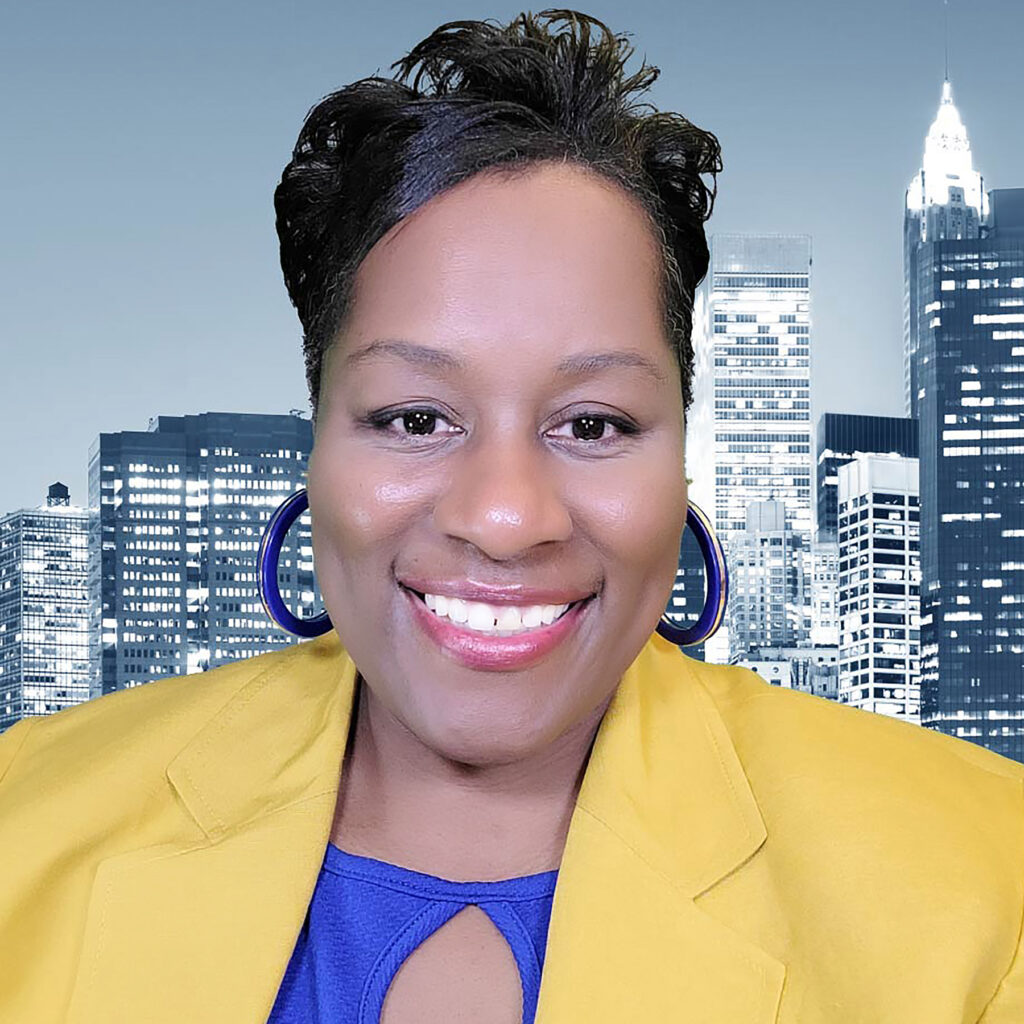What were you doing in the days leading up to December 31, 1999? Listening or partying to Prince’s “1999” song, perhaps? Or maybe you were, like me, frantically withdrawing all your money from the bank, in fear of the “Year 2000 bug.”
The Y2K glitch was a computer programming issue that would supposedly wreak havoc on computer systems at the turn of the millennium. The bug originated from the 1960s when, to save precious data storage space, engineers wrote the year as two-digit codes, only using the last two digits of the year instead of four digits. This eventually created a fear that when the date descended from ’99 to ’00, some infrastructures wouldn’t be able to function. Folklore superstitions and religious omens ran rampant, adding to the paranoia and anxiety during the late 1990s.
Some companies in the financial industry recognized the Y2K issue in the 1980s and developed strategies to prepare for the digital transition into the new millennium. Other industries were slower to decide and implement strategies. I remember the news reports with companies expressing relief once they became Y2K-ready or Y2K-compliant.
Like many consumers, I worried about how I would access my bank funds in the new year. Unashamed, I withdrew most of my funds on New Year’s Eve, just in case the ATMs weren’t functioning properly during the transition. Cash is king, right? Thankfully, the Y2K glitch didn’t bring the world to a standstill.
How to Face Transitions
But some changes are harder to embrace than others. I asked fellow Mind Tools coaches their advice and experiences of tacking transitions:
Transitioning in Small Bites, by Mike Barzacchini

When going through a life or career change, the transition itself may be difficult. We may be dealing with unknowns, anxieties and insecurities. Often our minds and our emotions outpace us. We try to figure out everything at once. It may be more helpful if we think of change or transition as a big red apple.
There’s no way we can swallow that apple whole. But if we concentrate on one bite, then the next one, we may be able to find our way through the transition. I like to think of these as clarity bites. If I’m relocating to another town for a new job, I can’t pack my current home, plan the move, and find a new place to live all at once! But I can begin by packing one box at a time or taking other small, meaningful actions. You may want to list the “bites” you need to take and check them off as you finish them. Try taking small “clarity bites” of your big transition apple to make a change, especially a big change, more palatable.
Transition Is About Perspective, by Yolandé Conradie

Some gemstones are what’s called “pleochroic,” and in stones like emerald, tanzanite and tourmaline it can be spectacular! Pleochroism means that the gemstone has different colours when observed at different angles because of how it absorbs and reflects light at that angle. The gem is still what it was – a tanzanite or an emerald or whatever, but its positioning has changed.
When we look at transitions, they might look a certain way from one side, but when you turn them over, shine a different light on them, or look at them from a different angle, they look different.
I’ve experienced that from one side of a transition, it looks one way. Once you’ve started the process, it looks different. When you’re on the other side of the transition it shows you the gem in a way that you couldn’t have seen from the first perspective: the lessons, the opportunities, the possibilities – all through the lens of the experience of the journey.
In the process of being taken from the earth to gracing a beautiful piece of jewelry, the appearance of the gemstone is transformed – and the process renders it more valuable than what it was before.
May all our transitions unearth our potential, polish us and make us shine in a way we never thought possible.
Transitions Are a Time to Grieve, by Midgie Thompson
For me, transitions are changes in one’s life, be that jobs, relationships (in all forms) or activities. They might be voluntary or they might be imposed. Regardless of what type they are and how much control I have over the change, there’s still an adjustment period just like the process of grieving any loss.
I have experienced many transitions in my life. Many I have chosen, including moving cities (and even countries!), leaving relationships and changing hobbies. But there have been other transitions that have been “imposed” upon me too, such as when someone has broken up with me (as we were living together), friends who’ve moved away and even, dare I say, menopause.
Yet in all the transitions, I recognize there is a “grieving period,” a sense of loss and sadness. Just recently I had the experience of seeing an old friend from Canada for a few hours while we were coincidentally in the same country. It was great to spend time together after all these years, yet I was left with great sadness. It was a bittersweetness related to enjoying the connection we felt, and still feel, coupled with not having those opportunities as regularly as we might like.
I know that we all change, move onward and go in different directions, yet there is still that sense of loss. Loss of what is familiar and cherished, loss of being part of a valued community, and loss of that “ease” of routine, even. Yet with each loss, there is also the opportunity for new, better or even bigger things to come into your life… new growth, new learning, new adventures!
Navigating Transitions for Success, by Sarah Harvey

Whether at work or in life, dealing with transitions requires not only adaptability, but also resilience and a proactive approach. But we are all unique, and that means every transition is unique too. It’s therefore important to develop our own individual strategies to fit our specific situations and personal needs.
Some strategies to help navigate transitions successfully include:
- Developing a Positive Mindset
Although transition away from what we know and toward something new can be unsettling, try to cultivate a positive outlook toward change. Focus on the opportunities and growth that may come with the transition, rather than dwelling on potential negatives.
- Seeking Support and Guidance
Lean on your support network of friends, family or colleagues. Discuss your concerns and seek advice from those who have experienced similar transitions.
- Upgrading Your Skills and Knowledge
Use the transition as an opportunity to enhance your skill set or knowledge base. Take courses, attend workshops, or engage in professional development.
- Communicating Effectively
Open and honest communication with colleagues, managers or family members is essential. Ensure that everyone involved is well-informed and on the same page regarding the transition.
- Reflecting, Learning and Celebrating!
After the transition, take time to reflect on the experience. Understand what worked well for you and what didn’t, and apply these insights to future transitions. And finally, don’t forget to acknowledge and celebrate your achievements and milestones during and after the transition. Recognizing your progress will boost your self-esteem and motivation.
Transitions Resources
You may like to take a look at the following Mind Tools resources. Then join the coaches’ events to share your thoughts, ask questions and learn more.
Transitions (Expert Interview)
Bridges’ Transition Model
Coping With Change
How to Master Life Transitions

About the Author:
Sonia is an experienced meeting and events manager, with over 20 years experience in conferences, exhibits, and corporate social events. She also owns a visual branding company. Sonia joined the Mind Tools coaching team in 2021, and enjoys connecting people with resources to help them reach their goals. In her spare time, she is a photo enthusiast, who reviews products, completes store scavenger hunts, and explores nail art/design.




